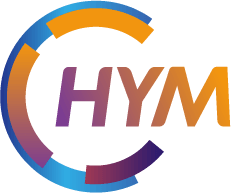 原标题: Advantages and Disadvantages of ChatGPT
原标题: Advantages and Disadvantages of ChatGPT
导读:
ChatGPT is an advanced conversational AI model that uses Natural Language Processing (NL...
ChatGPT is an advanced conversational AI model that uses Natural Language Processing (NLP) to generate human-like responses in text conversations. While it has numerous advantages, there are also some drawbacks to consider.
One of the notable advantages of ChatGPT is its ability to provide quick and accessible information. Whether someone needs help with a problem or wishes to engage in conversation, ChatGPT can efficiently respond and offer relevant suggestions or answers. This feature makes it highly convenient for users seeking immediate assistance without having to wait for human support.
Another advantage is its potential for scalability. As an AI system, ChatGPT can handle multiple conversations simultaneously, making it useful for large-scale customer service operations or online support centers where many individuals seek assistance at once. Additionally, as it learns from each interaction, the quality of responses improves over time.
However, there are several drawbacks associated with using ChatGPT as well. Firstly, since it generates responses based on previously seen patterns from training data rather than true understanding or consciousness, its answers may lack depth or critical thinking abilities. This limitation could lead to incorrect or misleading information being provided in certain instances.
Furthermore, because ChatGPT learns from existing data sources available on the internet which might contain biases and misinformation; these biases can be perpetuated by the model during conversation interactions if not properly addressed by developers before deployment. It becomes crucial then to ensure effective measures are taken during fine-tuning stages so bias does not manifest disproportionately within these systems.
Lastly, privacy concerns arise when utilizing chatbot systems like ChatGPT. User inputs may be stored temporarily for training purposes but need adequate protection against unauthorized access while ensuring compliance with privacy regulations such as General Data Protection Regulation (GDPR).

